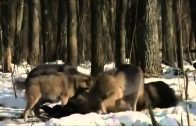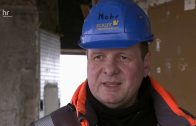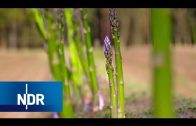As humans were evacuated from the area in 1986, animals moved in despite the radiation. The flora and fauna of the Red Forest have been dramatically affected by the accident. It seems that the biodiversity of the Red Forest has increased in the years following the disaster.[6] There are reports of some stunted plants in the area. Wild boar have multiplied eightfold between 1986 and 1988.[1]
The site of the Red Forest remains one of the most contaminated areas in the world.[3] However, it has proved to be an astonishingly fertile habitat for many endangered species. The evacuation of the area surrounding the nuclear reactor has created a lush and unique wildlife refuge. In the 1996 BBC Horizon documentary „Inside Chernobyl’s Sarcophagus“, birds are seen flying in and out of large holes in the structure of the former nuclear reactor. The long-term impact of the fallout on the flora and fauna of the region is not fully known, as plants and animals have significantly different and varying radiologic tolerance. Some birds are reported with stunted tail feathers (which interferes with breeding). Storks, wolves, beavers, and eagles have been reported in the area.[7][8]
Today, radiation levels in the Red Forest can be as high as one Roentgen per hour, but levels of ten milliröntgens per hour are more common. More than 90% of the radioactivity of the Red Forest is concentrated in the soil.[5]
Scientists are planning to use the nearby, radioactive and abandoned town of Pripyat and surrounding area as a unique laboratory for modeling the dispersal of radionuclides by the detonation of a dirty bomb or an attack with chemical or biological agents. The area offers an unparalleled opportunity to fully understand the passage of radioactive debris through an urban and rural area.[9]
The nature of the area seems to have not only survived, but flourished due to significant reduction of human impact. The zone has become a „Radiological Reserve“, a classic example of an involuntary park. There were thought to be cases of mutant deformity in animals of the Red Forest, but none have been proven, except partial albinism in swallows. Currently, there is concern about contamination of the soil with Strontium-90 and Caesium-137, which have half-lives of about 30 years. The highest levels of Caesium-137 are found in the surface layers of the soil where they are absorbed by plants, and insects living there today. Some scientists fear that radioactivity will affect the land for the next several generations
▶ Radioactive Animals In Chernobyl Mutations Full Documentary
19. März 2019 1:29
mehr Dokus
Kategorie: BBC Horizon














